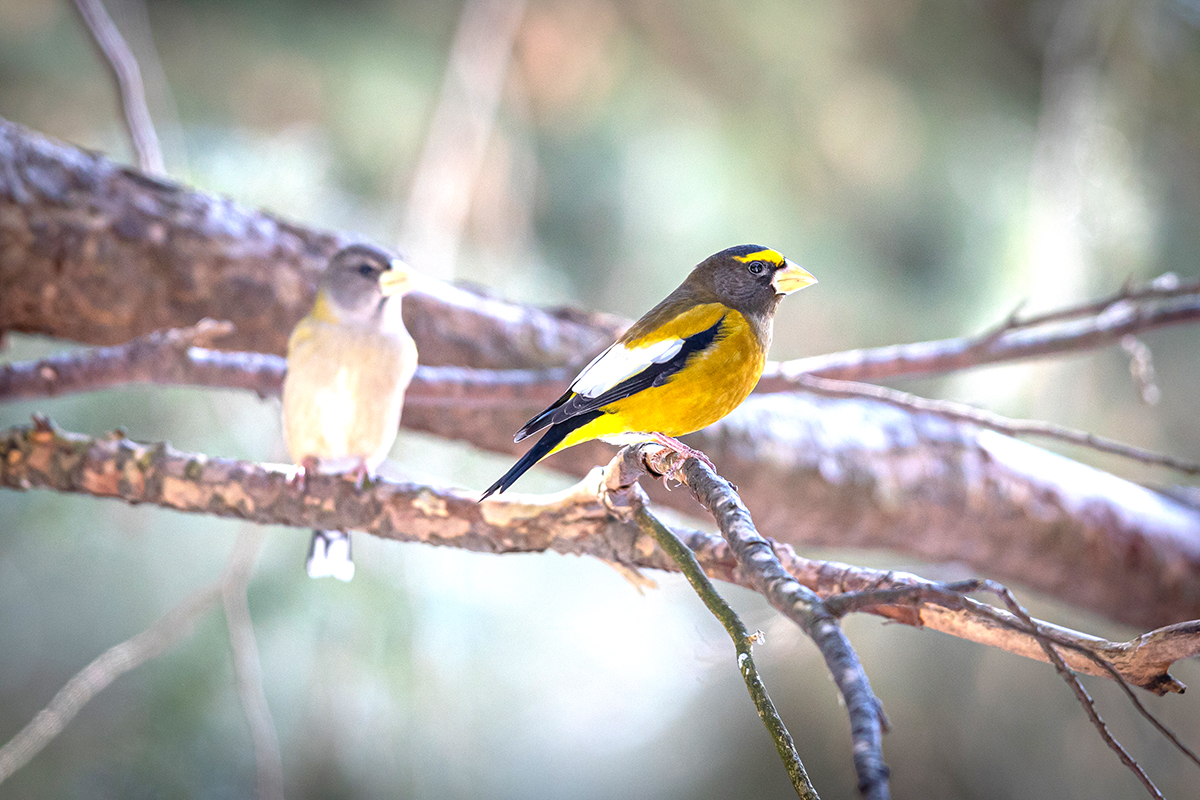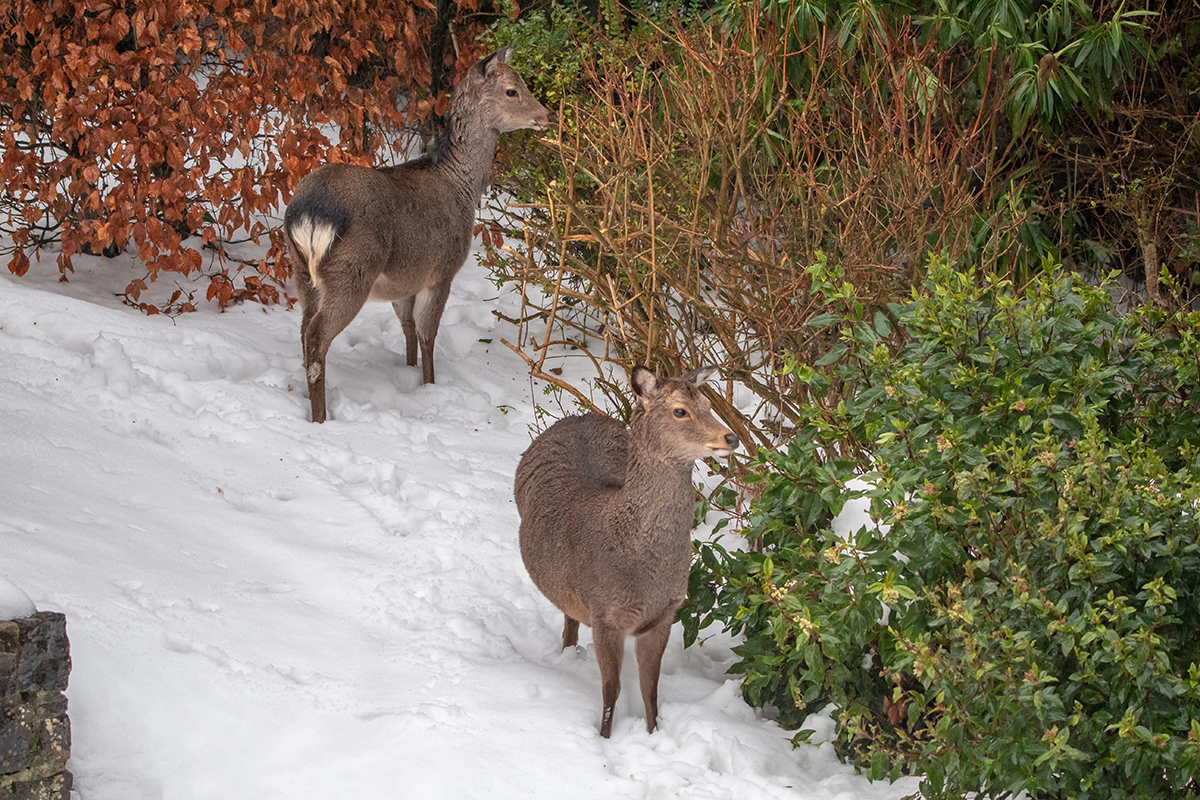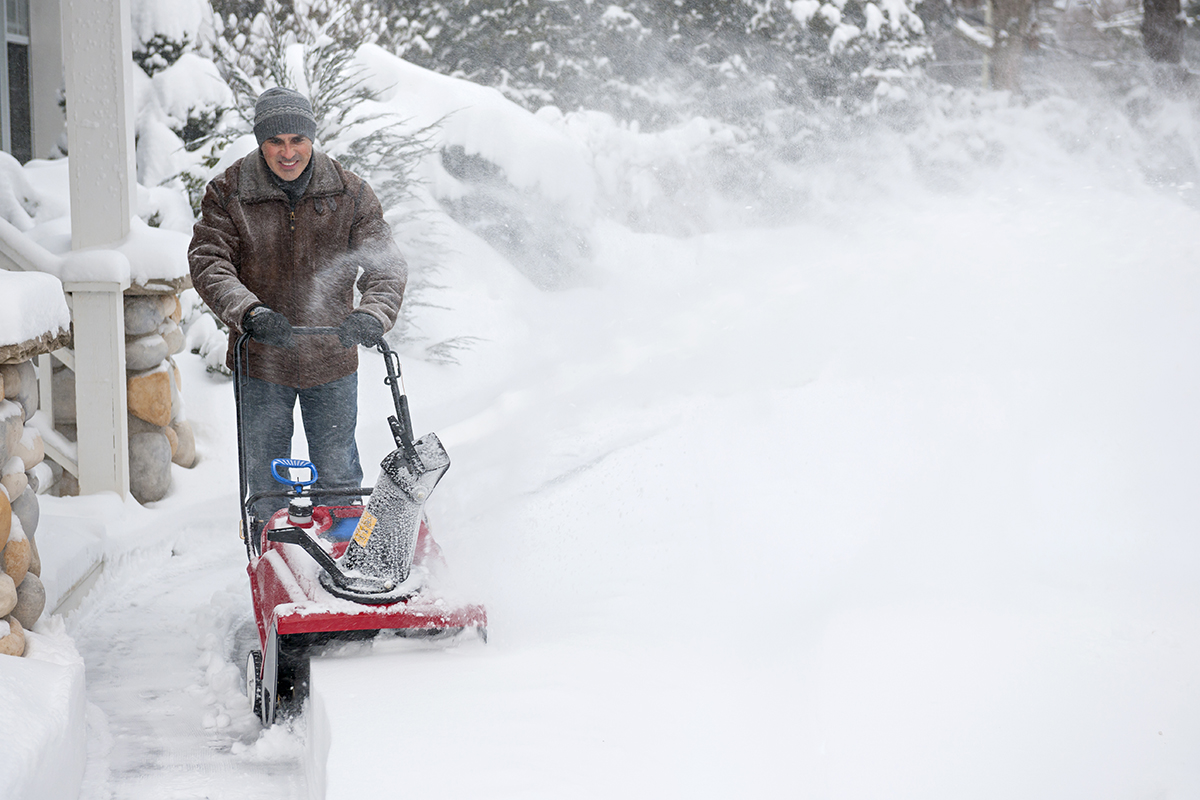WRITER | KIM HYTINEN
PHOTO | RANDY THACKER, YARDSHAPERS LANDSCAPING
Home. There’s no place quite like it. From paint color to furnishings and gardens to embellishments, we create what our home becomes. Housed within its walls are our greatest treasures and memories, surrounded by the barrier of comfort destined by our preferences. But even a perfectly adorned home is less enjoyable when road noise spills into the yard and house. The good news is that life on a busy street doesn’t have to mean compromising comfort or aesthetics. Landscaping designed to target unwanted sounds is the solution, and there are options to fit every budget.
Professional landscape designers employ several techniques when creating a sound barrier for a homeowner. Every detail plays a role in absorbing, refracting, reflecting, or masking noise. Since sound waves are reflected by dense objects such as masonry walls and solid wood fences, these are ideal for squelching street noise: the taller, the better – and no gaps. Noise will slip through cracks and glide over shorter barriers, but even low walls can help reduce nuisance sounds from tires on pavement. When walls and fences are not an option due to local ordinances or design preferences, other attractive options exist.
Trees and shrubbery, when implemented properly for noise reduction, are a great option. According to Randy Thacker, a 20-year veteran of the landscaping industry, arborvitaes (a popular type of evergreen known for its dense foliage) top the list of recommended barriers. An attractive solution to hampering noise, these trees require a lot of water, or they will turn brown. “Pine trees and broadleaf trees are also good for soaking up noise,” he says. Thacker owns Yardshapers, a landscaping company known for great lawn care and design that serves Livingston County and neighboring areas.
Sound will always follow the path of least resistance – through leaves and spaces between trees, so planting them in dense rows is most effective. For example, start with a row of medium-height shrubs nearest the road followed by a row of taller shrubs or trees directly behind them. Finish off with a third row of shorter, more ornamental shrubs such as hollies and junipers behind those to face your home or yard. For the best results, plant these rows on a berm or a mound of soil.
Choose plants and trees that grow rich with plenty of branches, thick leaves, and rougher bark. Every little bit helps. Evergreen shrubs offer year-round protection from noise while taller, leafy trees block the view of the road, helping to trick the brain – out of sight, out of mind makes the property more comfortable!
Thacker also suggests adding a water feature to the property. “The sound of flowing water is a good choice for drowning out neighborhood and street noise,” he says. The best part is, these can be simple or elaborate and can accommodate any budget. Water features work best when placed closest to the dwelling or the area of the yard used for social gatherings. This is because the goal is to replace the unpleasant sound with the naturally relaxing white noise of trickling water. One downside is that water features are often seasonal.
With thoughtful design, you can enjoy your yard and home on a busy street. A professional designer who is skilled in noise reduction landscaping will select plants and materials specifically for your needs, including the type of grass, trees, shrubs, barriers, and design elements. Be sure to ask to see a portfolio before hiring a designer and to seek recommendations from neighbors with design features similar to the ones you would like for your yard. Before long, you just may find that silence — or birds chirping, water flowing, or windchimes chiming — is music to your ears.








